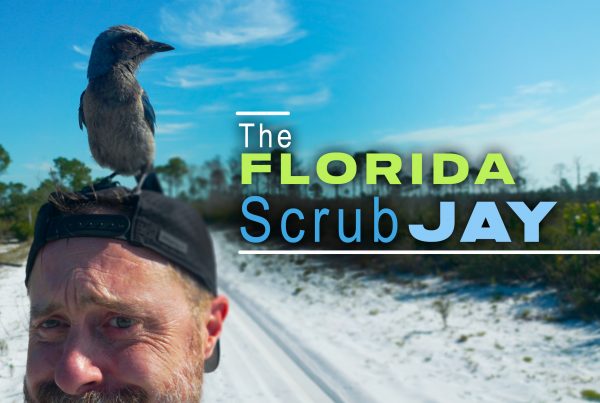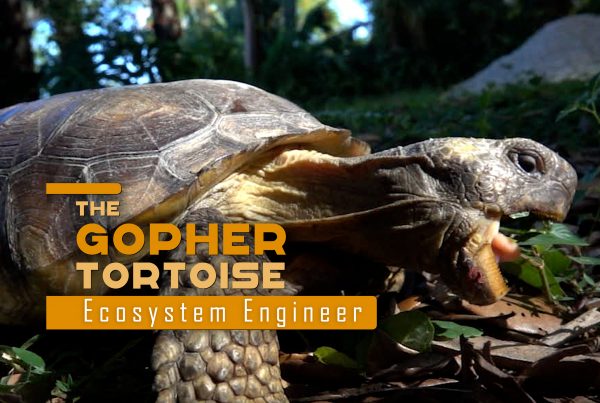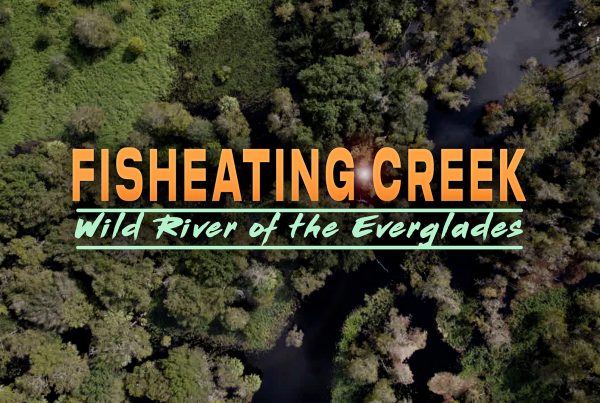Take a journey into the depths of Cuba’s Zapata Swamp, or as some call it, Cuba’s Everglades. The largest wetland in the Caribbean, this place explodes with unique plants and animals.
Zapata Swamp’s wetland habitats are very similar to those of the Everglades. Today, the Everglades’ water supply has been drastically restricted due to the draining of the “River of Grass” through a network of canals and pump stations. If the water supply to Zapata Swamp was cut off in a similar way, talk about how that would affect certain species of animals there like, say, the Cuban crocodile.
Zapata Swamp
Everglades National Park is renowned for its wetland habitats, covering 1.5 million acres. An International Biosphere Reserve, it explodes with life that is nourished by the River of Grass, which also supplies fresh water to as many as 8 million people in South Florida.
But across the Straits of Florida is another wild place famous for its size and biodiversity. Cienega de Zapata, or Zapata Swamp, is the largest wetland in the Caribbean, often called Cuba’s Everglades. There are many similarities between Zapata Swamp and Florida’s River of Grass…but this area is also incredibly unique.
The Rio Hatiguanico winds through the northern portion of the Zapata peninsula, filling its swamps with fresh water and enriching the surrounding coastal estuaries. A journey down the river takes us through a primeval landscape. Sharp eyes might spot rare endemic species, like Cuban sliders, arboreal hutias, and Cuban crocodiles. In some areas, the water seems to boil with rolling tarpon.
But this river, in fact the entire system, faces many of the same threats that are challenging the Florida Everglades. Invasive fish and plants, like the maleleuca are swiftly choking out the native species. Natural habitat is being lost to agriculture, and fresh water, the life blood of both systems, is being diverted for irrigation.
Still, Zapata is relatively untouched. Matanzas province, which is home to Cienega de Zapata, is the largest province in Cuba by land area, and the smallest by human population. Unspoiled prairies, forests and cavesas well as thriving wildlife can be found here and it is a wonderful place for lizards.
More than 60 species of anolis lizards call Cuba home, compared to Florida’s one. Male anoles flash their dewlaps in territorial displays and will defend their ground aggressively.
Cuba’s most infamous reptile can be found almost exclusively in Cienega de Zapata. Approximately 2,500 of these notoriously aggressive crocs inhabit these swamps. Procreation is key to their survival, and spring is mating season.
It’s a delicate an affair, in reptilian terms at least. With luck, their courtship will add a new generation to a critically endangered population of Cuban crocodiles.
Spring is also nesting season for many of Cuba’s endemic birds, like the Cuban green woodpecker and the bee hummingbird, believed to be the world’s smallest bird. 27 species are only found on this island, and Zapata Swamp is a bird paradise. In fact three species, the Zapata rail, the Zapata sparrow and the Zapata wren, are only found on this peninsula
This area has been a hotspot for birders for decades, however it is quickly becoming a premiere destination for recreational anglers.
The expansive flats of Las Salinas on the southeast corner of the peninsula are havens for wading birds like reddish egrets and Caribbean flamingoes. Peppered with small mangrove islands, the shallow, sandy bottomed estuaries are ideal feeding grounds for bonefish: a powerful and sleek species and a highly prized target for anglers. These silver ghosts are a challenge to stalk, but they seem to be tailing everywhere in Las Salinas.
Despite their terrestrial wanderings, land crabs are gill breathers. In Zapata, they make their homes in the forest, burrowing down to the water table to keep their gills moist, and emerging for periods of time to scavenge. These crabs also employ the ocean’s currents to disperse their fertilized eggs. This means that periodically they must march to the sea to release them. And they do this by the tens of thousands. The epic migrations, usually triggered by the first rains of spring, carpet the forests and roads along the coast.
It is a perilous journey, and for thousands, a deadly pilgrimage. But some that are sacrificed, become opportunities for the living.
In a gruesome twist, other land crabs help dispose of the mess. Those that are spared will have the opportunity to release their eggs into the sea, whose currents may carry a new generation to faraway shores.
Like the Florida Everglades, Cienega de Zapata is a vast wilderness area that still shelters an incredible diversity of life. But like the Everglades, man’s presence is being felt more and more. If these two Biosphere Reserves are to survive, it will take human efforts to preserve them for generations to come.
Coming soon




